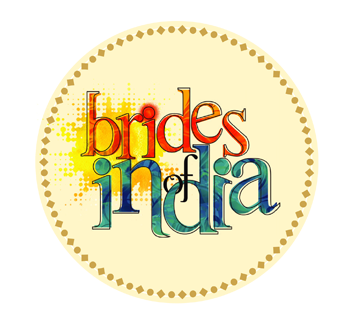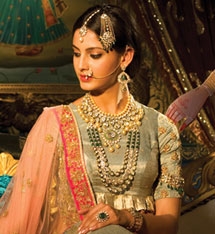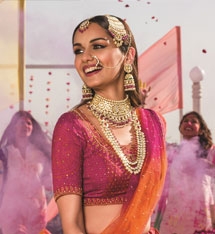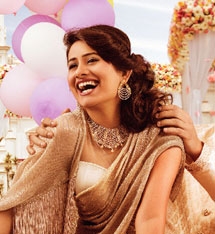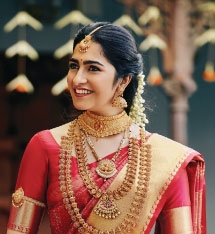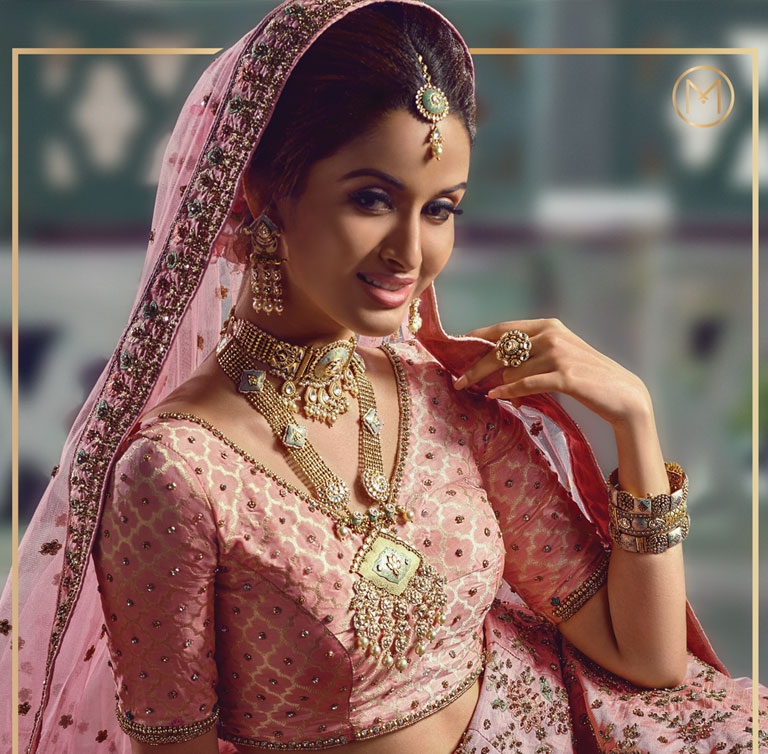-
Home2023 EditionEditionEditionCelebration brideCelebration BrideRoyal bride5Fashion brideFashion Bride
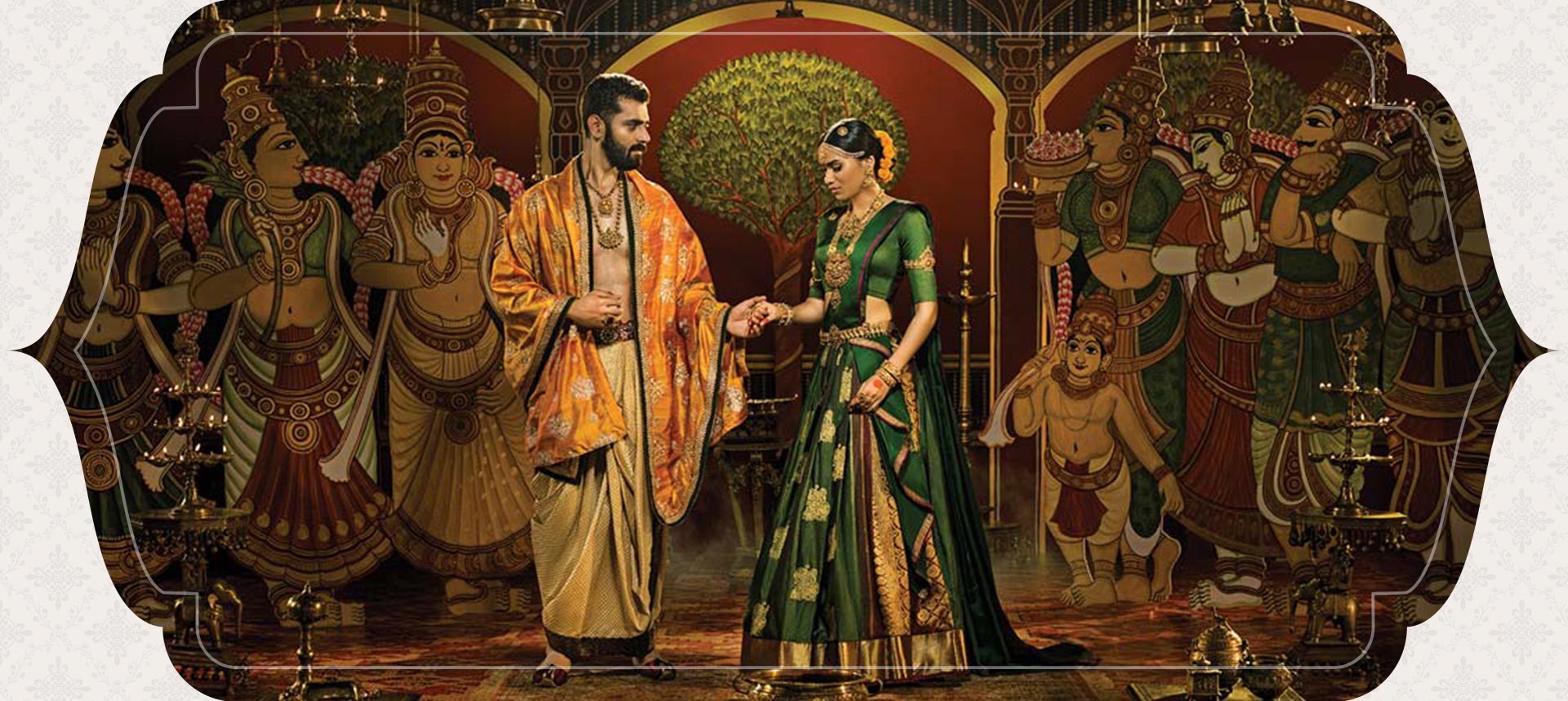
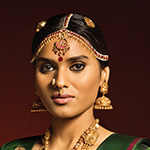
Vijaya Nagara
- HOME
- Royal Wedding
- Vijaya Nagara Dynasty
BackTraditions
The glory of the Vijayanagara empire lasted 300 years under four dynasties. Led by brothers Harihara I and Bukka Raya I of the Sangama dynasty, the empire rose over time to ward off repeated invasion from Tughlaq rule in the 14th century. The kingdom went on to prosper under the Saluva and Tuluva dynasties before finally being conquered by the enemy towards the end of the Aravidu dynasty. Though we did not have enough information regarding the marriage traditions of those days, the life and culture shed light to system to some extent. History records accounts of praise by Medieval European travellers who had set foot in the kingdom, about the sights of prosperity, bustling maritime trade and the commendable strength of the army there. Overseas trade attracted new technologies such as water management systems to aid irrigation. The rulers followed administrative practices as set by predecessors in the Hoysala, Kakatiya and Pandya kingdom, delegating responsibilities while the king remained the ultimate authority. The royal insignia consisted of a boar, the sun, the moon and a dagger. Agriculture was the main staple of the economy. Prolific temple construction ensured employment on a large scale. While caste system was prevalent, it did not prove a deterrent to deserving candidates aiming for positions in the army and administration. Women made significant strides in fields previously dominated by men such as trade, management, the arts and sports. Examples of art from the Vijayanagara period are the murals in the Virupaksha Temple at Hampi, The Virabhadra temple at Lepakshi, and those at the Kamakshi and Varadaraja temples at Kanchi. Telugu as a literary medium reached its apex under emperor Krishnadevaraya who was also an accomplished scholar and wrote the Amuktamalyada. Grammar, medicine and mathematics crossed many firsts during this time. Vijayanagara architecture is an amalgamation of several styles such as the Pandya, Hoysala, Chalukya and Chola. The Kalyanamantapa, Vasanthamantapa and the Rayagopura are reminders of the style from that era. The styles of sculpture, architecture and painting during the Vijaynagara era have had a major influence on the arts much after the empire came to an end.Useful Links Scheme Payment(India only)
Make an Appointment Build your Custom Jewellery Smart Buy Offers New Arrivals Exclusive CollectionCustomer ServiceMalabar Gold & Diamonds
402, Valecha Chambers, Plot No. B-6,
New Link Road, Opp. Infinity Mall,
Andheri (W) ,
Mumbai - 400053. +91 22 62300916 care.in@malabargoldanddiamonds.com






